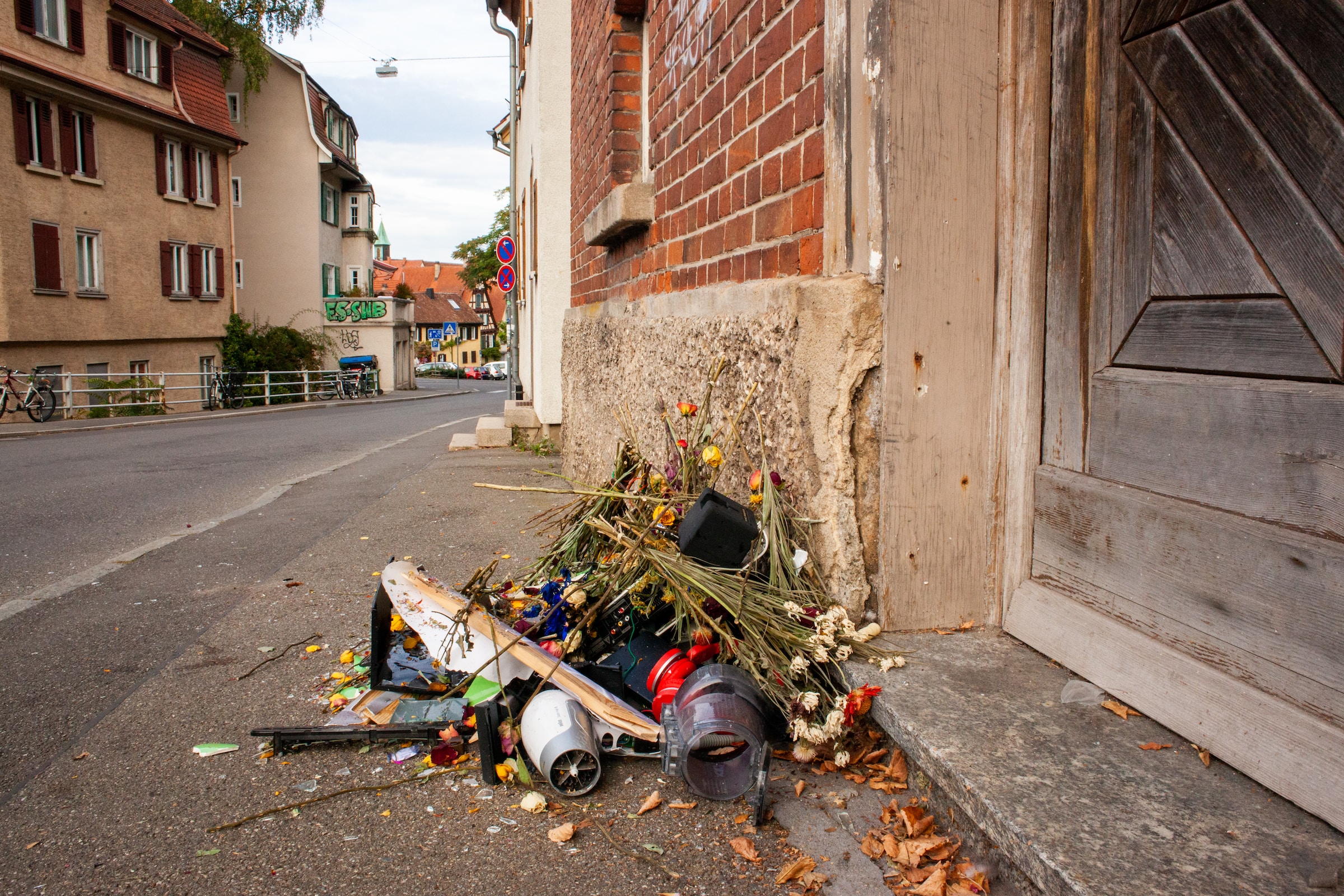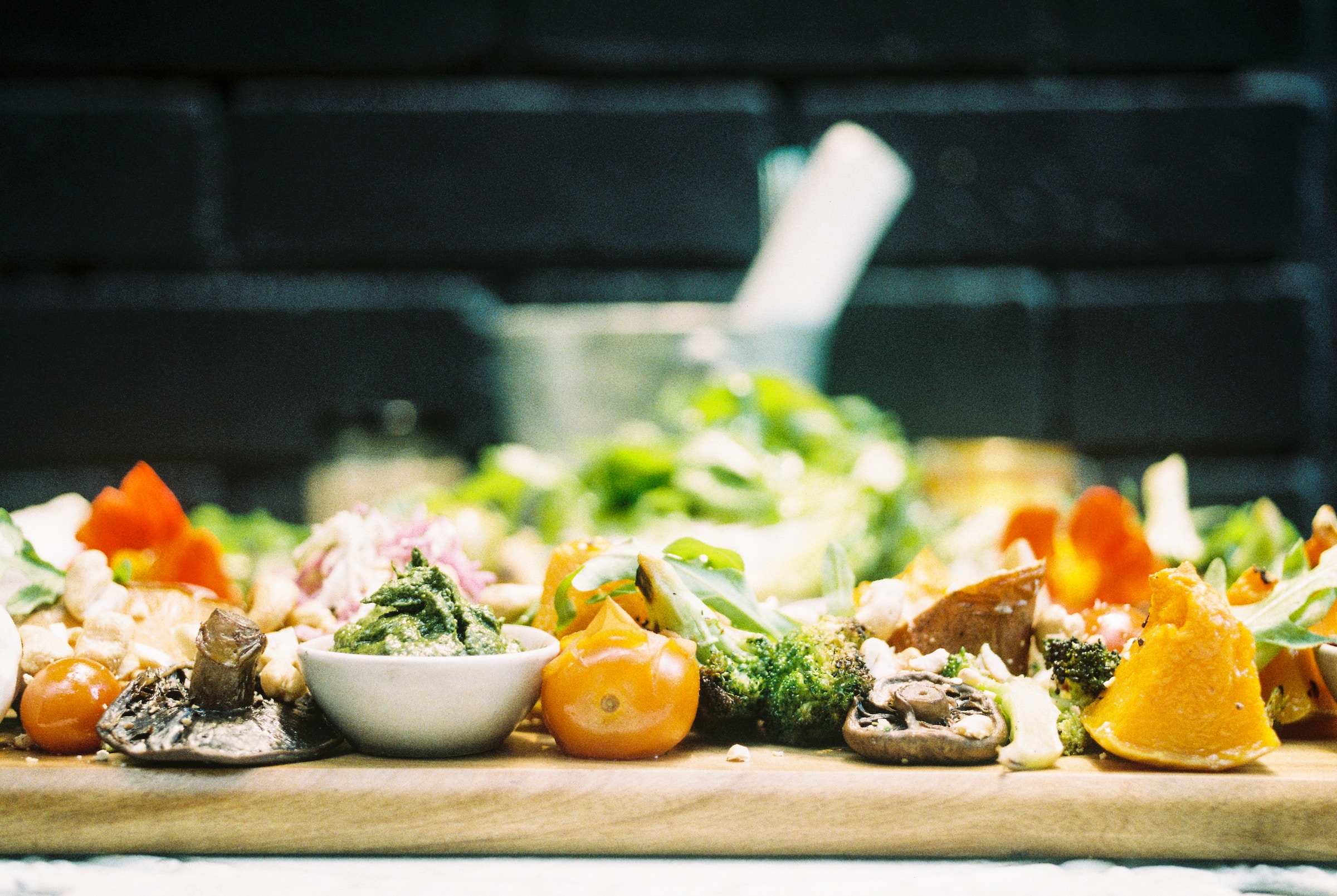12 Ways to Manage and Reduce Food Waste in Restaurants
Food waste in restaurants has been turning into a huge matter in the food industry. The amount of food that’s wasted in restaurants is growing each day and the numbers are enormous. The average amount of restaurant food waste generated each year is around 22 to 33 billion pounds and the restaurant industry loses about $162 billion annually.
Food waste management is one of the best ways to avoid generating restaurant food waste. We tried to gather the information needed to manage food waste for restaurant owners to help the business and save our planet.
Restaurant food waste management
There are some ways to reduce food waste and each one of them can be effective as much. Each technic has a helpful impact on your business and alongside reducing a huge amount of food waste also saves your dimes along the way.
Store food correctly
One of the most useful ways of avoiding food waste is correct food storage. Having your freezer and fridge clean and running in the best condition can help you keep your stack healthier and longer. One of the best tricks of food storing is to sort them by the risk value of the product meaning if a product has lower risk, gets stored on higher shelves, and high-risk products get stored on lower shelves.
Avoid over-buying stock
Knowing what kind of products you need for your restaurant is one of the most important factors in avoiding food waste. Rejecting a good deal from the supplier can be hard but overstocking will always lead to products spoiling in the freezer without any use. Knowing the menu and ingredients are the first priority when re-stocking.
Temperature control
Controlling your equipment’s temperature and always having them at the right temperature keeps the products safe and prevents the growth of pathogenic bacteria. The ideal temperature for fridges for high-risk products is around (1-4°C) and as for freezers keep them at (below -18°C). Depending on the environment, the temperature can be different so calling a specialist is the safest option.
Offer different portion sizes
When designing a menu, it’s important to give an idea to the customers about the portion sizes. If you’re struggling with half-eaten dishes you probably need to rethink your portion sizes. Some dishes are perfect to share and enough for 2 people and some dishes are ideal for people with small appetites. Training your staff to know the portion sizes is one of the best ways to avoid food waste and half-eaten dishes.
Wrap up leftover food
If you’re still having problems with leftovers even though you offer different portion sizes, you should offer your guests to wrap up their leftovers. With this technic, you will avoid lots of food waste and your guests can enjoy their meals at home.
Give customers more menu options
You can always be more creative with your menu and offer all kinds of starters and side dishes. If any of your food products are nearly spoiled or losing their quality you can come up with a special for the day and put it on your menu. Other than that, having a lot of different dishes or even salads can be helpful to avoid food waste. Don’t be scared of changing or mixing up ingredients! As long as your customers enjoy their meal it’s ok to change your dishes sometimes.
Donate leftovers to a local charity
Linking up with a local charity is one of the best ways to put leftovers to good use. There are always people who need and enjoy an awesome meal from your restaurant and you can be assured that you’re doing the right thing rather than wasting your product and money.

Label ingredients
Labeling and putting the dates are the two most important rules of kitchen management. Unlabeled containers mostly get moved to the back of the shelves and because of that the chances of getting spoiled will get higher and the same goes for the other food products without dates. Using labels and dates brings down the chances of turning products to waste much lower.
Compost restaurant food waste
Instead of throwing the non-used parts of products you can put them in a compost bin and reuse them in much better ways. Peelings, fish skins, spoiled fruits and vegetables, tea bags, and coffee grounds are just some examples of compostable products. Making compost is one of the best and most effective ways that is currently being used by many restaurants and it also helps the environment on a huge scale. So if you’re looking for a way to avoid generating restaurant food waste, making compost is one of the greatest ways to do that.
How to track food waste in restaurants?

Since restaurant food waste is a huge problem in many restaurants, tracking the amount of food waste that gets generated in your restaurant can be helpful in order to avoid wasting too much food. Here are some tips to track the amount of food waste in your restaurant.
Start making a waste journal
A waste journal is used to write down the daily waste of your restaurant. Your staff can record the information with it and help you have a recording of the amount of food waste that gets generated in your restaurant.
Measuring the restaurant’s food waste
With the help of your staff and informing them to measure the food waste daily you can get the needed information for tracking the food waste in your restaurant.
Analyzing the data
After gathering the needed information about the average food waste in your restaurant you can find the matter that leads to generating the most waste. Also, you can easily calculate the amount of money that gets thrown away alongside the food waste.
How much food is wasted in restaurants?
According to the research, restaurants waste 4 to 10 percent of their inventory before they even reach customers. The amount of food that gets wasted all around the world annually is about 1.3 billion tons a year.
What is the restaurant against food waste?
This new type of food establishment is called a Zero-Waste restaurant. Just like the name, these kinds of restaurants generate 0% of food waste.
How can restaurants reduce food waste?
Training their staff properly and following the standards that are needed in waste management. Using their data on the average food waste of their restaurant to help them solve any problem that they have.
Source: foodnotify.com




